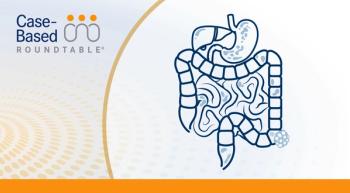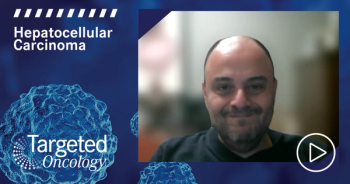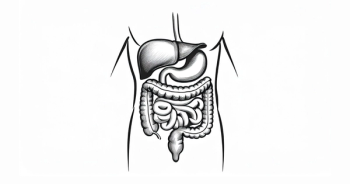
Global Risk Factors and Incidence of HCC
Richard S. Finn, MD, provides insight on the key risk factors that lead to hepatocellular carcinoma.
Richard S. Finn, MD: Liver cancer is historically considered an orphan disease in the United States because it is not the most common malignancy we see in practice. However, globally, it is one of the leading causes of cancer and cancer-related death, and it has been rising globally. In the United States specifically, it has been rising significantly over the past few decades.
Historically, that rise in liver cancer has been driven by hepatitis C and the hepatitis C epidemic. Keep in mind, there was a large population of patients who were infected with hepatitis C before we had a test for it, which was in the early 1990s. Incidentally, the Nobel Prize in Physiology or Medicine in 2020, as you know, went to the investigators who were involved in uncovering the hepatitis C virus.
The lead time between infection and developing liver cancer is several years, so we are still seeing the peak from hepatitis C infections. That will presumably fall over time because we now have good drugs for hepatitis C, the direct antiviral agents. Even though we are expecting to see a decline in hepatitis C-related liver cancer in the United States, liver cancer related to nonalcoholic steatohepatitis, also known as NASH or fatty liver disease, is rising rapidly.
There is a common theme between hepatitis C, NASH, and other causes of liver cancer, such as the No. 1 global cause being hepatitis B, and we also know about alcohol use and other metabolic disorders, such as hemochromatosis or Wilson disease, which are obviously less common. The common denominator here is the development of chronic liver disease; once a patient develops chronic liver disease, the risk of developing liver cancer is a few percent every year.
Ideally, patients are screened for the development of liver cancer, and that is an area of large unmet need in the United States because it arises from a lack of awareness of chronic liver disease in the primary care community and a lack of awareness that patients with chronic liver disease are at risk for developing liver cancer. We know this is a curable malignancy. It is curable when it is caught early, when we can offer patients surgery or even liver transplants for small tumors. But unfortunately, most patients present beyond a curative stage. Therefore, most of our treatments are aimed at extending survival.
Transcript edited for clarity.









































